|
In addition to being the grandson of Mount Olivet’s most famous resident, Francis Scott Key, author of “The Star-Spangled Banner," John Ross Key III was a world class artist. He was born in Hagerstown on July 16th, 1837, two months after the death of his father, John Ross Key II (1809-1837). Young Key’s mother, Virginia Ringgold (1815-1903), was a native of Washington County and daughter of Brigadier Gen. Samuel Ringgold, a veteran of the War of 1812 and a US congressman. John Ross Key III was the third such in the illustrious family to hold the name, the first being the father of Francis Scott Key who served as a captain in the American Revolutionalso buried at Mount Olivet. We will tell his life tale another day. As for the subject of this week’s “Story in Stone,” John Ross Key III would be brought up in Georgetown, District of Columbia, until the age of five by his famous grandfather (Francis Scott Key). The family home had a back yard that stretched to the Chesapeake & Ohio Canal and Potomac River. This house no longer stands today, however the site is marked with a small park on the southern approach to the aptly named Francis Scott Key Bridge (“Key Bridge”) built in 1923 and connecting Georgetown with Rosslyn, Virginia on the other side of the river. John had an older brother Clarence and another sibling, Caroline who appears to have died in childhood. As a teenager, John Ross Key III was forced to go to work to support his widowed mother. He showed an early talent for drawing, in which he was mostly self-taught. Key’s talent led to a job as a topographical artist and draftsman with the U.S. Coast and Geodetic Survey where James McNeill Whistler was a colleague in the department. Whistler would achieve later fame as an artist living abroad in Paris, his most well-known work being “Arrangement in Grey and Black No. 1,” best known under its colloquial name “Whistler’s Mother.
 A train departs Oakland in the 1800's A train departs Oakland in the 1800's Professional Artist At war’s end, John Ross Key settled in Baltimore where his war scenes found a sympathetic audience and critical acclaim. He soon launched into a career as a landscape painter and divided his time between Baltimore and New York City. During the summers of 1867 and 1868, he retreated to the rustic Key-Howard family cottage at Oakland, Maryland in Garrett County on the far western end of the state. Here, John was accompanied by his mother. Oakland had become a popular summer resort for prominent families trying to escape the summer heat of Baltimore. The Keys and Ringgolds were among the firsts, making this a fashionable resort area easily accessible by the Baltimore & Ohio Railroad. The area's popularity would grow into the greater tourist destination we know today as Deep Creek Lake.  Key-Howard cottage (Oakland) Key-Howard cottage (Oakland) Among relatives in the area were Key’s maternal aunt, Nancy Ringgold Schley, and her husband, Maryland state senator William Schley. They owned “Herrington Manor,” a 2,000 acre tract about five miles from Oakland that the Keys had named “the Glade.” John painted several versions of this work, showing Herrington Creek and Snaggy Mountain, a view on the Schley’s property. One of these, smaller and slightly different, is in the collection of the Maryland Historical Society, Baltimore. The Herrington Creek depicted in these paintings has become Herrington Lake, the result of a dam built in the 1950s. In 1869, Key headed west again and lived in San Francisco. He traveled throughout California, painting dramatic scenic views of the Sierra Nevada Mountains, Point Lobos and the Golden Gate. The latter oil painting would be awarded a gold medal at the 1876 Centennial Exposition in Philadelphia and many of his California-themed paintings were made into chromolithographs by publisher/printer Louis Prang in the 1870’s. John Ross Key kept painting Allegheny mountain scenes later in his career, based on studies done in the late 1860s. In 1872, an art critic of the Boston Evening Transcript reported that Key had almost finished “three or four rugged glimpses of the Allegheny Mountain region in Maryland… a section almost unknown on canvas in our locality, but quite as worthy of attention as the well-worn White Mountain region.” (February 17, 1872). Later that year, the same critic wrote: “John R. Key has a spirited view among the Alleghenies, the foreground of which is rich in color and strong in effect. The water and shadows are finely rendered, and the cattle careful studies.” (March 23, 1872). These are said to be extremely rare and beautiful exhibition paintings in the Hudson River school style of seldom portrayed parts of America. About the year 1873, John traveled to Europe to study art in Munich and Paris. Here, he would meet and marry, Mabel Thayer (b. 1852), a native of Boston living in England. The couple had their first child, named Mabel, in 1874 while living in Paris. They would return stateside the following year as Key would establish a studio in Boston. The family settled in Stockbridge, Massachusetts in Berkshire County. John’s mother, Virginia, would reside with the family which grew with the additions of daughters Beatrice (1876) and Edith (1880) and Marian (1883).  "Resting Cows" "Resting Cows" At this time, John Ross Key primarily worked in Boston where he showed over 100 works in 1877 at the Boston Athenaeum. Critics praised a selection of his charcoal drawings as “firm and masterly, strong and graceful.” Over his career, he would also exhibit at the National Academy of Design, the Pennsylvania Academy of Fine Arts, and the Boston Art Club. In the early 1880’s, John seems to have created a great stir in Chicago with his artwork. An article in the Chicago Tribune newspaper gives a tremendous review of Key’s artwork in an article appearing in mid-April, 1881. He would have another stellar exhibition in 1882 and received commissions for special pieces and painting home-based murals from wealthy Chicago patrons. This prompted a move by the Key family to “the Windy City.” John Ross Key opened his own office and art studio in town. In 1888, Key helped decorate the famous Chicago Club with his art pieces. The prominent social club had been ravaged by fire. A few years later, Key was commissioned to make portraits of the 1893 World’s Columbian Exposition, also known as the Chicago World’s Fair. This opportunity would make him a favorite adopted son to Chicago, and led to other expositions/fairs taking the country and world by storm. He would produce more scenes of this historic event over the remaining years of the decade. As John Ross Key's fame grew, so did that of wife Mabel Key, John’s wife. She became a central figure in Chicago’s social scene, and regularly made the newspapers’ society page write-ups. Sadly she would die in 1897 at the age of 44, after what the newspapers referred to as a long illness. She would be laid to rest in Mount Auburn Cemetery in Cambridge, Massachusetts.
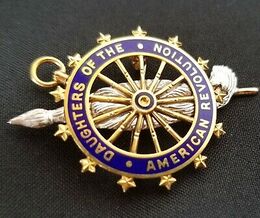 Miss Dutcher was a resident of Omaha, Nebraska and worked for a regional rail line and served as a leading member of the DAR chapter there. At the Eighth Continental Congress in 1899, Ellenore proposed the adoption of an official emblem of suitable size for the organization’s daily use. She was concerned how the larger, existing pin would get caught on clothing and had become somewhat of a safety issue. She explained that this new pin could provide funds in which to help the DAR in their goal of building Memorial Continental Congress Hall in Washington DC (Constitution Hall). This resulted in the creation of the DAR Recognition pin, which each member may purchase today upon admission. At the 10th Continental Congress in 1901, the design proposed by Miss Dutcher was adopted as the official emblem for daily use. It is worn over the left breast in accordance with the guidelines set forth in the DAR Handbook and National Bylaws. Each pin is engraved with the owner’s unique membership number—the lower the number, the older the pin. In 1900, Key traveled to Paris, accompanied by Miss Dutcher, where his scenes of the Chicago World’s Fair were exhibited to European audiences as part of the Exposition Universelle. The following year these same pieces were featured in the Pan-American Exposition in Buffalo. He was revered for new works depicting both these events. The couple of John and Ellenore would marry in 1902 in Chicago, and relocate to Key’s earlier home of Washington, DC. The artist, now 65 years old, seemed to preoccupy his time with creating landscapes of the nation’s capital and other nearby places, however he seldom sold any of these works with the hopes of one day having a large exhibition of his works. He would eventually move to Baltimore and took up residence in the Mount Vernon neighborhood. John Ross Key was back home for a very important event that occurred in 1914. It was the centennial anniversary of his grandfather’s writing of “the Star-Spangled Banner.” He took part in commemorative events in Baltimore and also here in Frederick and in Mount Olivet on September 15th, 1914. John R. Key would be the guest of honor at the groundbreaking ceremony for a new monument to his grandfather placed on the grounds of the Terra Rubra, childhood home of the famed songwriter located near Keymar in Carroll County. John Ross Key’s family heritage proved very important, especially in his waning years. He would be inspired to paint scenes of both of his grandfather’s primary residences including the plantation birthplace of Terra Rubra and the Key home in Georgetown. He did these from memory. John Ross Key died in Baltimore on March 24th, 1920, a victim of heart disease. He would be buried in the original Key family lot in Mount Olivet’s Area H. This is where Francis Scott Key and wife Mary had been placed 54 years earlier in October, 1866 after being reinterred from Baltimore’s Old St. Paul’s Burying Ground. Five years after the death of her husband, Ellenore worked to organize the largest exhibition of John's more recent work. This was “a Star-Spangled success" to say the least. John Ross Key’s works have been represented in important exhibitions over the following decades since his death, including the National Academy of Design, Pennsylvania Academy of the Fine Arts, and Corcoran Gallery. They can be found all over the world and originals, as well as prints are still being sold and can even be found on eBay. JOhn Ross Key’s works are represented in important museum collections across the country, including the White House Historical Association, Fine Art Museums of San Francisco, University of Michigan Art Museum, Missouri History Museum, Morris Museum of Art, and Greenville County (SC) Museum of Art. If you’d like to see a John Ross Key work in person, stop by Frederick City Hall as you can find one of his original landscapes entitled "Sunset on the Potomac" adorning a wall along the stairs leading to the second floor.
4 Comments
7/18/2019 08:21:37 am
How do I get in touch with Chris Hough. I am interested in scheduling a presentation of this story.
Reply
7/26/2020 01:11:43 am
A start spangled artist, thanks for sharing us interesting objectives and making the great techniques. Follow the site for great assignment methods and paper reviews as well.
Reply
4/25/2021 04:08:47 pm
This is a very informative blog, thanks for sharing about stories in stone blog . It will help a lot; these types of content should get appreciated. I will bookmark your site; I hope to read more such informative contents in future… great post!!
Reply
5/25/2022 02:57:33 am
As a result, before employing any best essay writing service provider, consider the following factors.
Reply
Leave a Reply. |
STORIES
|
Archives
July 2024
June 2024
May 2024
April 2024
March 2024
February 2024
January 2024
December 2023
November 2023
September 2023
August 2023
July 2023
June 2023
May 2023
April 2023
March 2023
February 2023
January 2023
December 2022
November 2022
October 2022
September 2022
August 2022
July 2022
June 2022
May 2022
April 2022
March 2022
February 2022
January 2022
December 2021
November 2021
October 2021
September 2021
August 2021
July 2021
June 2021
May 2021
April 2021
March 2021
February 2021
January 2021
December 2020
November 2020
October 2020
September 2020
August 2020
July 2020
June 2020
May 2020
April 2020
March 2020
February 2020
January 2020
December 2019
November 2019
October 2019
September 2019
August 2019
July 2019
June 2019
May 2019
April 2019
March 2019
February 2019
January 2019
December 2018
November 2018
October 2018
September 2018
August 2018
July 2018
June 2018
May 2018
April 2018
March 2018
February 2018
January 2018
December 2017
November 2017
October 2017
September 2017
August 2017
July 2017
June 2017
May 2017
April 2017
March 2017
February 2017
January 2017
December 2016
November 2016


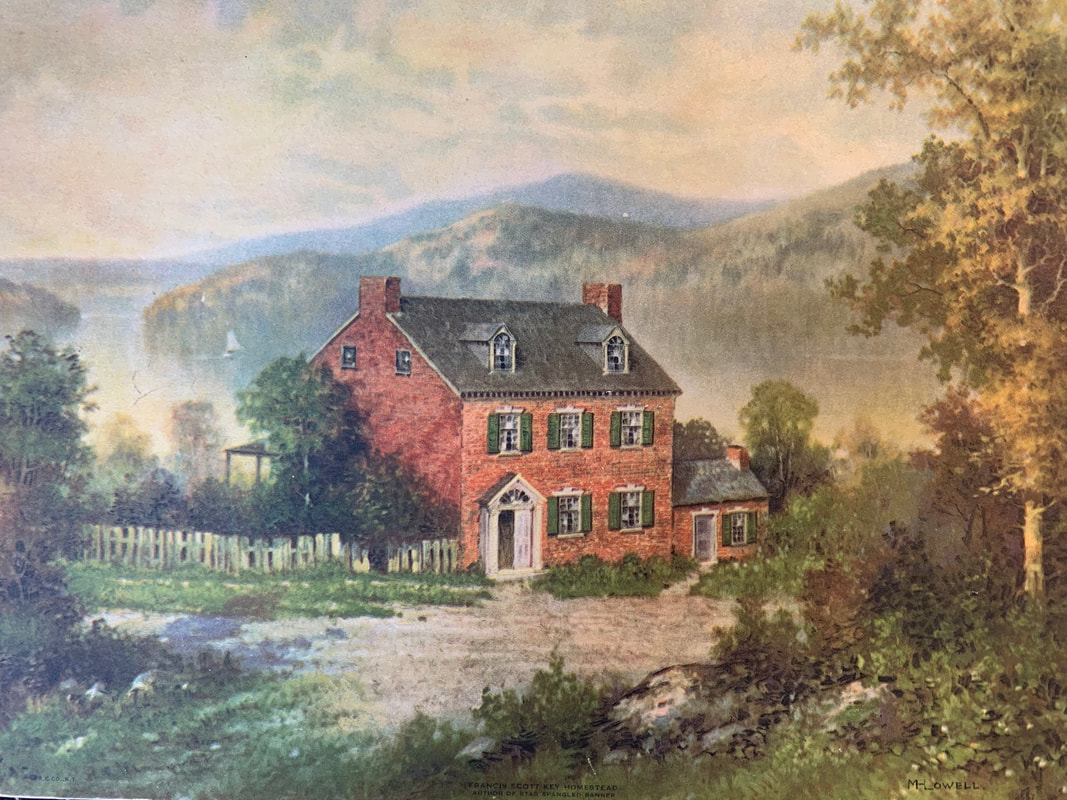
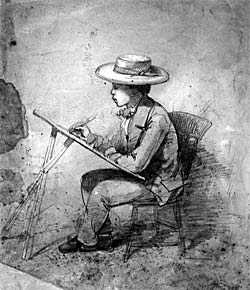


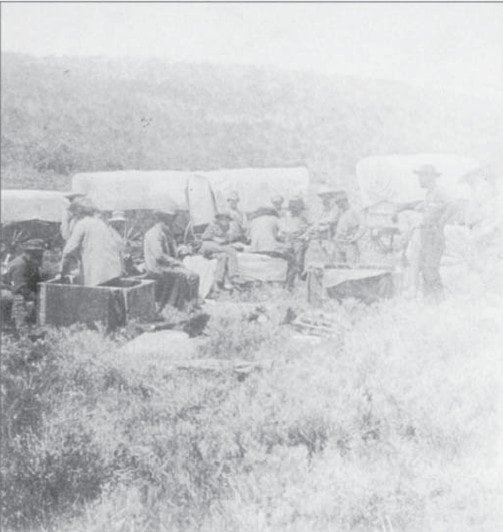






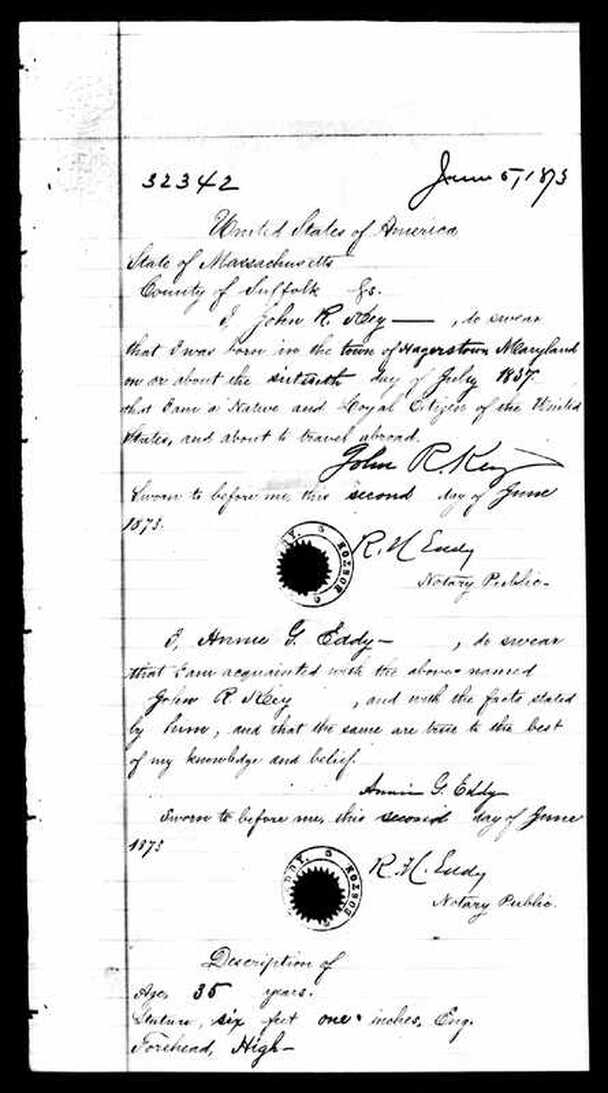










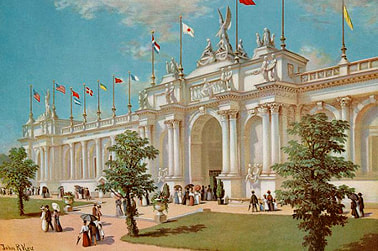

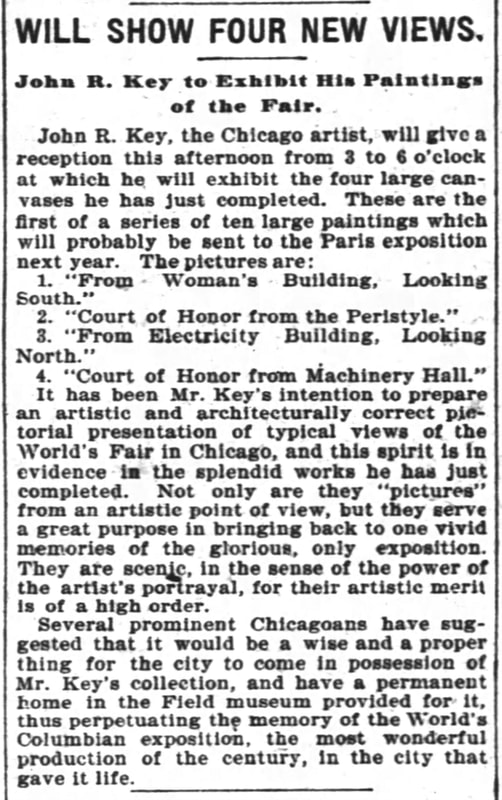

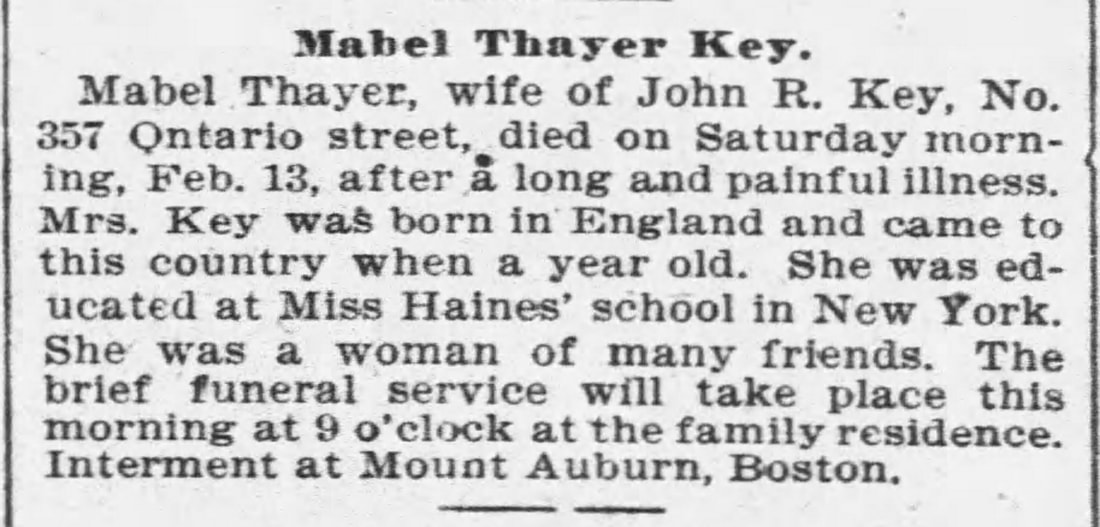


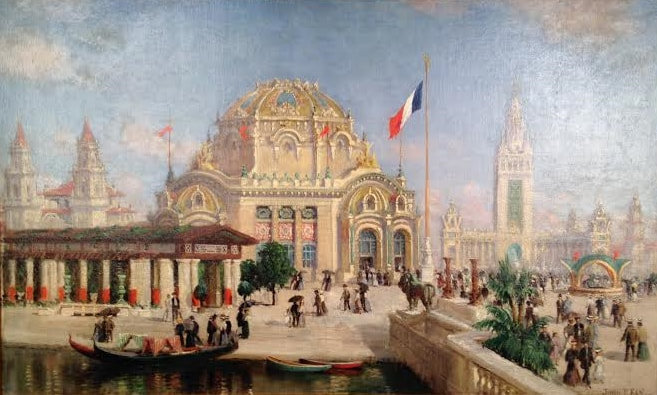

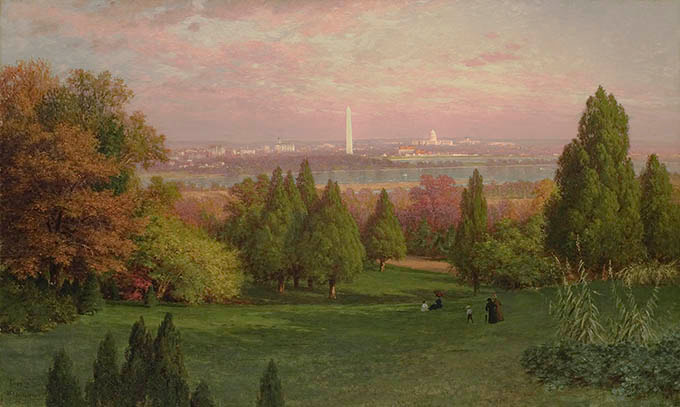





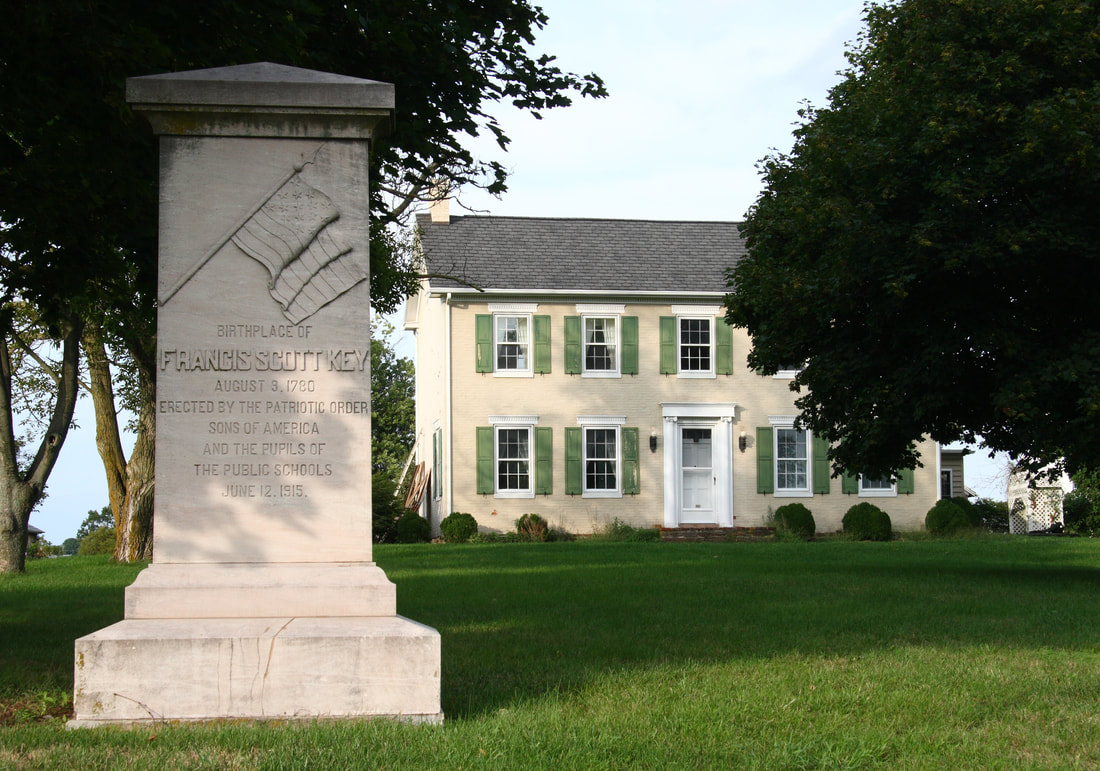

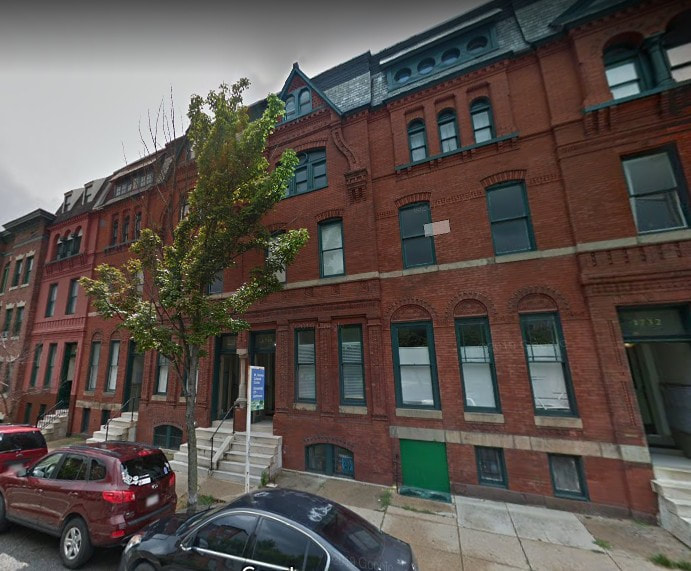
















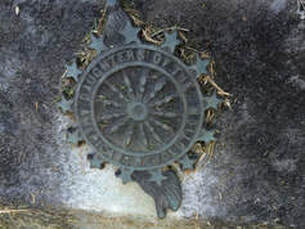

 RSS Feed
RSS Feed